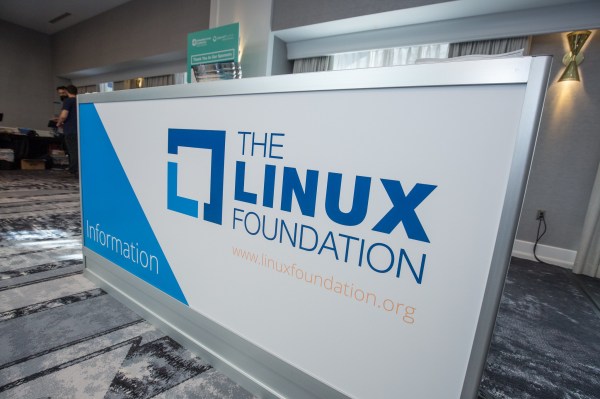Last year, Adobe, SAP and Microsoft came together and formed the Open Data Initiative. Not to be outdone, this week, AWS, Salesforce and Genesys, in partnership with The Linux Foundation, announced the Cloud Information Model.
The two competing data models have a lot in common. They are both about bringing together data and applying a common open model to it. The idea is to allow for data interoperability across products in the partnership without a lot of heavy lifting, a common problem for users of these big companies’ software.
Jim Zemlin, executive director at The Linux Foundation, says this project provides a neutral home for the Cloud Information model, where a community can work on the problem. “This allows for anyone across the community to collaborate and provide contributions under a central governance model. It paves the way for full community-wide engagement in data interoperability efforts and standards development, while rapidly increasing adoption rate of the community,” Zemlin explained in a statement.
Each of the companies in the initial partnership is using the model in different ways. AWS will use it in conjunction with its AWS Lake Formation tool to help customers move, catalog, store and clean data from a variety of data sources, while Genesys customers can use its cloud and AI products to communicate across a variety of channels.
Patrick Stokes from Salesforce says his company is using the Cloud Information Model as the underlying data model for his company’s Customer 360 platform of products. “We’re super excited to announce that we’ve joined together with a few partners — AWS, Genesys and The Linux Foundation — to actually open-source that data model,” Stokes told TechCrunch.
Of course, now we have two competing “open” data models, and it’s going to create some friction until the two competing projects find a way to come together. The fact is that many companies use tools from each of these companies, and if there continues to be these competing approaches, it’s going to defeat the purpose of creating these initiatives in the first place.
As Satya Nadella said in 2015, “It is incumbent upon us, especially those of us who are platform vendors to partner broadly to solve real pain points our customers have.” If that’s the case, having competing models is not really achieving that.
